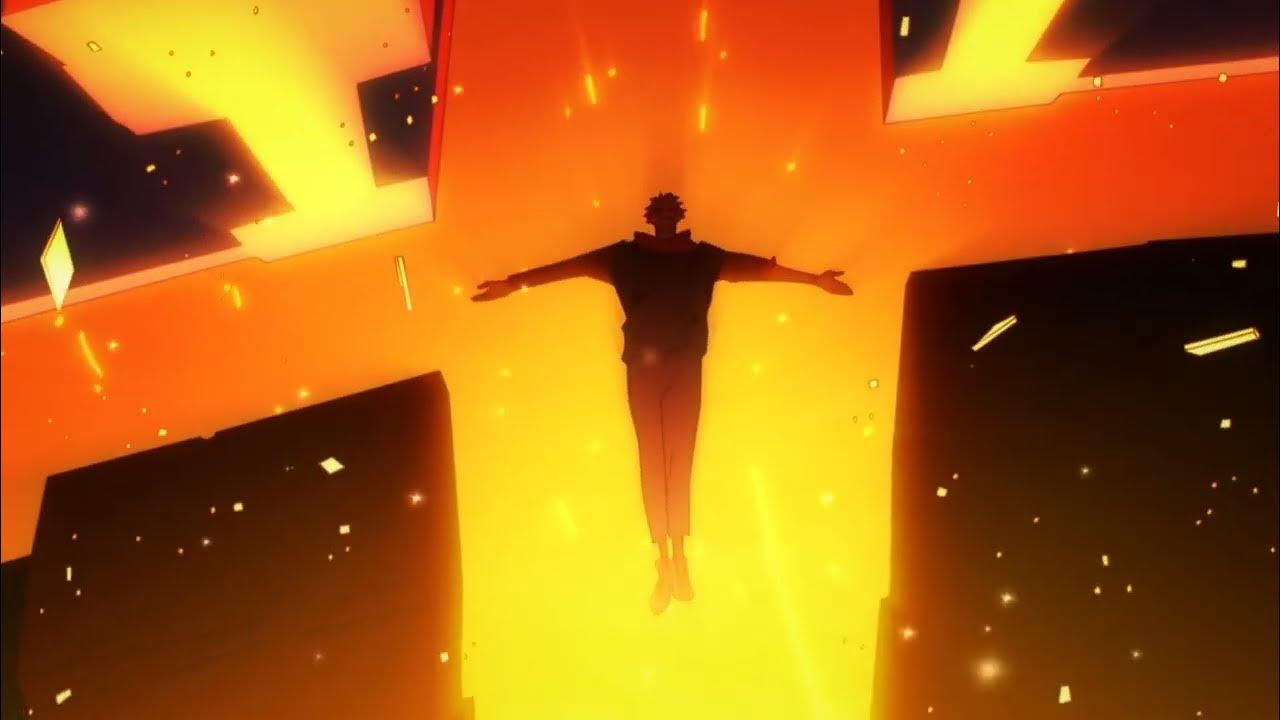Sukuna Poses: Exploring The Art Of Expression In Jujutsu Kaisen
Sukuna poses have become a significant aspect of the popular anime and manga series, Jujutsu Kaisen. These poses not only showcase the character's personality but also highlight the artistry behind the series. In this article, we will delve into the meaning, significance, and various types of Sukuna poses, enhancing our understanding of this captivating character. As we explore Sukuna's poses, we will also touch upon the broader themes of power, fear, and the supernatural in Jujutsu Kaisen.
Jujutsu Kaisen, created by Gege Akutami, features a rich narrative filled with intricate characters and intense battles. One of the standout figures in this series is Ryomen Sukuna, a powerful cursed spirit known for his menacing presence and formidable abilities. His poses are not merely for show; they serve to emphasize his strength and the fear he instills in others. Understanding Sukuna's poses allows fans to appreciate the depth of his character and the artistic choices made by the creator.
In this comprehensive article, we will break down various Sukuna poses, analyze their significance, and provide insights into how they contribute to the overall storytelling in Jujutsu Kaisen. From iconic stances to subtle gestures, each pose tells a story of its own. Join us as we explore the world of Sukuna, the King of Curses, through the lens of his powerful poses.
Table of Contents
- 1. The Origin of Sukuna
- 2. Understanding Sukuna's Character
- 3. The Significance of Sukuna Poses
- 4. Iconic Sukuna Poses
- 5. Emotional Expressions in Sukuna's Poses
- 6. Comparison with Other Characters
- 7. The Artistic Style of Jujutsu Kaisen
- 8. Conclusion and Future Implications
1. The Origin of Sukuna
To fully appreciate Sukuna poses, understanding the character's origin is crucial. Ryomen Sukuna is based on a legendary figure from Japanese folklore, known as a powerful and malevolent spirit. In Jujutsu Kaisen, Sukuna was a sorcerer who lived over a thousand years ago. After his death, his cursed energy became so potent that his body was preserved in the form of cursed fingers. These fingers are central to the plot, as they are sought after by various characters for their immense power.
2. Understanding Sukuna's Character
Sukuna embodies the themes of power, fear, and chaos. His poses often reflect his superiority and disdain for others. He is portrayed as a sadistic and arrogant character, relishing in the suffering of his opponents. The design of Sukuna, featuring four arms and two faces, is visually striking, enhancing the impact of his poses. Each pose is a manifestation of his confidence and dominance in battle.
2.1 Personality Traits of Sukuna
- Arrogant: Sukuna believes in his unmatched power.
- Sadistic: He enjoys tormenting his enemies.
- Intelligent: Sukuna is strategic in battles.
- Charismatic: Despite his evil nature, he has an allure that draws people in.
3. The Significance of Sukuna Poses
Sukuna poses are not just for aesthetic appeal; they play a significant role in conveying his character and the story's themes. Each pose serves to enhance the atmosphere of a scene, emphasizing the tension and stakes involved. Whether he's preparing for battle or mocking his opponents, Sukuna's poses are carefully designed to evoke fear and admiration.
3.1 How Poses Convey Emotion
The posture and expression in Sukuna's poses can convey a range of emotions, from aggression to amusement. This ability to express complex emotions through body language contributes to the depth of his character.
4. Iconic Sukuna Poses
Some poses have become iconic among fans of Jujutsu Kaisen. Here are a few notable examples:
- The Menacing Stance: A low, aggressive posture that indicates Sukuna is ready to attack.
- The Laughing Pose: Sukuna often poses with a wide grin, showcasing his sadistic personality.
- The Relaxed Yet Dominant Gesture: Sukuna sometimes displays a casual demeanor, highlighting his confidence in any situation.
5. Emotional Expressions in Sukuna's Poses
Beyond physicality, Sukuna's poses express a spectrum of emotions that resonate with viewers. His poses reflect moments of arrogance, enjoyment, and even contemplation. These emotional layers add richness to his character and enhance the viewer's connection to the story.
6. Comparison with Other Characters
Sukuna's poses can be compared to those of other characters in Jujutsu Kaisen. For example, the main protagonist Yuji Itadori has a contrasting style that emphasizes determination and resilience. While Sukuna's poses often exude power and dominance, Yuji's reflect his growth and moral struggles.
6.1 Differences in Posing Styles
- Sukuna: Emphasizes dominance and intimidation.
- Yuji: Focuses on determination and hope.
7. The Artistic Style of Jujutsu Kaisen
The artistic style of Jujutsu Kaisen greatly influences how Sukuna's poses are perceived. The detailed illustrations and dynamic action sequences enhance the impact of his poses, making them memorable and engaging. The use of shadows and highlights adds depth to his character, further emphasizing his menacing presence.
8. Conclusion and Future Implications
Sukuna poses are a vital aspect of Jujutsu Kaisen, contributing to the character's complexity and the overall narrative. By analyzing these poses, we gain insight into Sukuna's personality and the themes of the series. As the story progresses, it will be intriguing to see how Sukuna's poses evolve and what new aspects of his character are revealed.
We invite you to share your thoughts on Sukuna poses in the comments below. What are your favorite poses, and how do you think they reflect his character? Don't forget to check out our other articles on Jujutsu Kaisen for more insights!
Thank you for reading, and we hope to see you back for more exciting content about your favorite anime and characters!
Bryshere Gray: The Rising Star Of Hollywood
The Rise Of Ginger Male Actors In Hollywood: A Comprehensive Guide
Michael Robinson And Michelle: A Journey Through Their Lives


